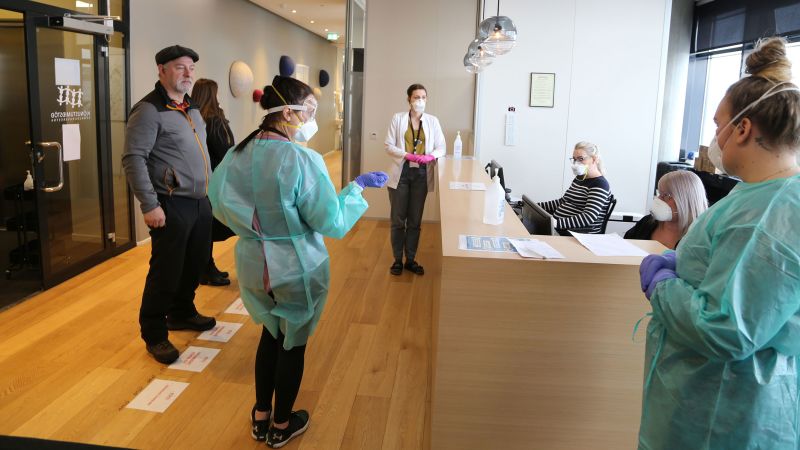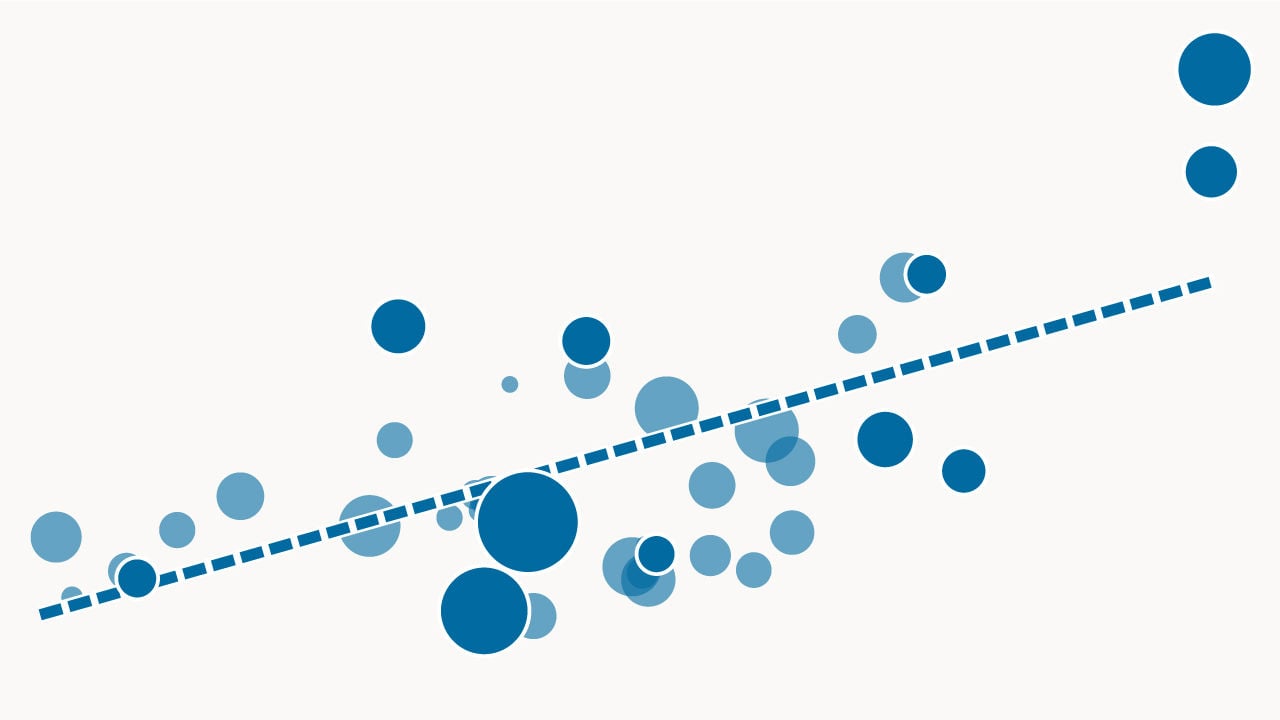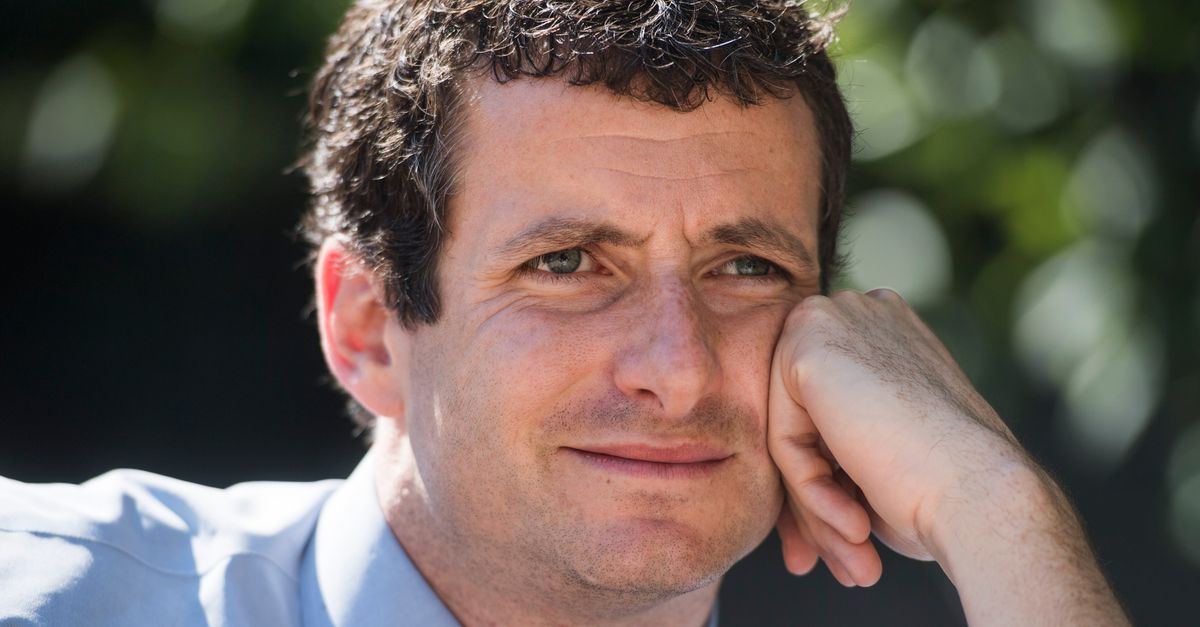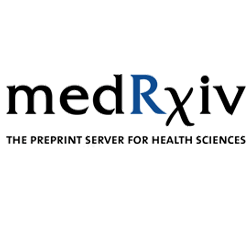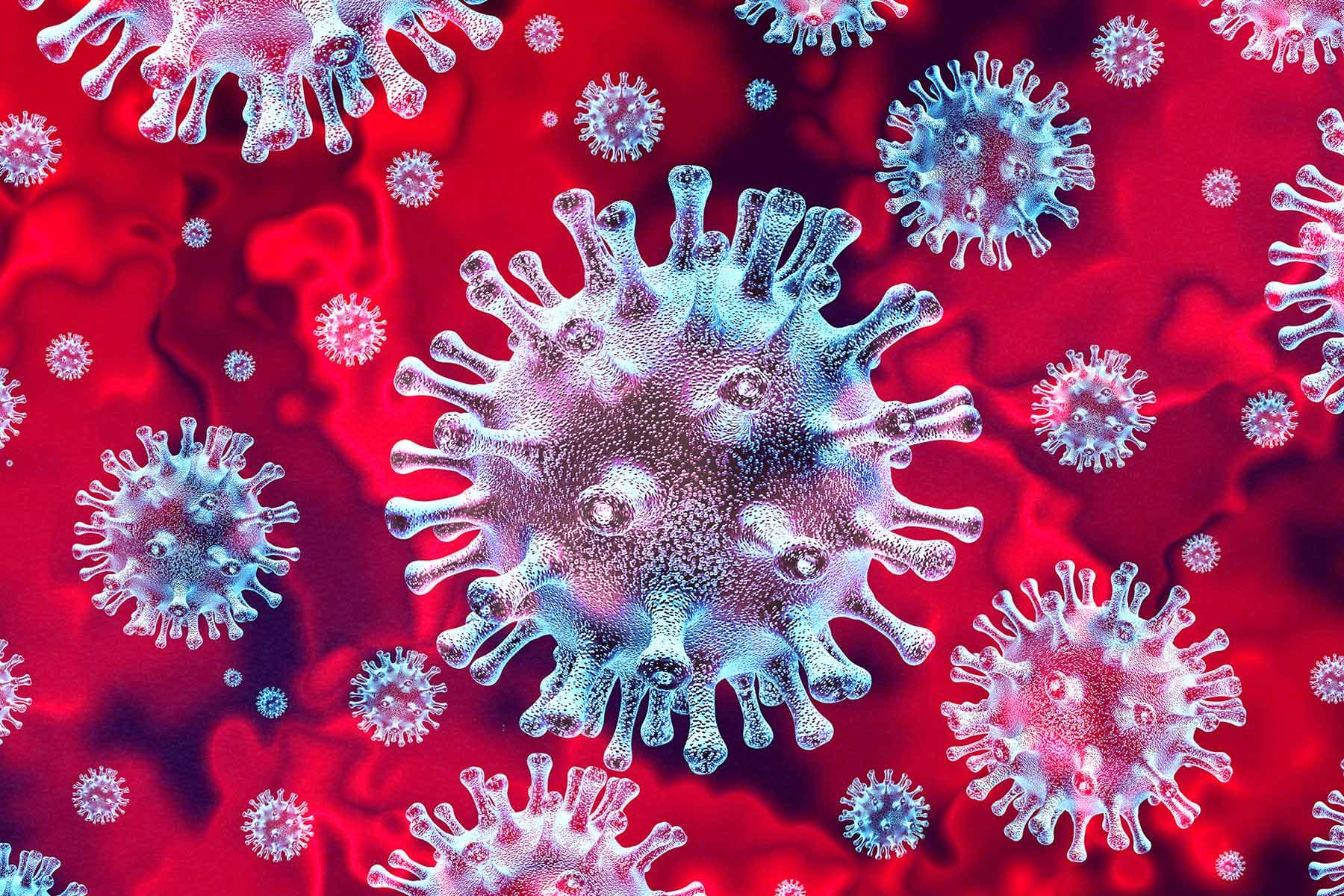If you assume there are ten times more subclinical cases than tested and confirmed, are the case fatality rate, and the rate of 15-20% hospitalization for severe or critical illness, not significantly lower?
I was a little surprised by this statement in The NEJM editorial, “If one assumes that the number of asymptomatic or minimally symptomatic cases is several times as high as the number of reported cases, the case fatality rate may be considerably less than 1%. This suggests that the overall clinical consequences of Covid-19 may ultimately be more akin to those of a severe seasonal influenza (which has a case fatality rate of approximately 0.1%) or a pandemic influenza (similar to those in 1957 and 1968) rather than a disease similar to SARS or MERS, which have had case fatality rates of 9 to 10% and 36%, respectively.”

